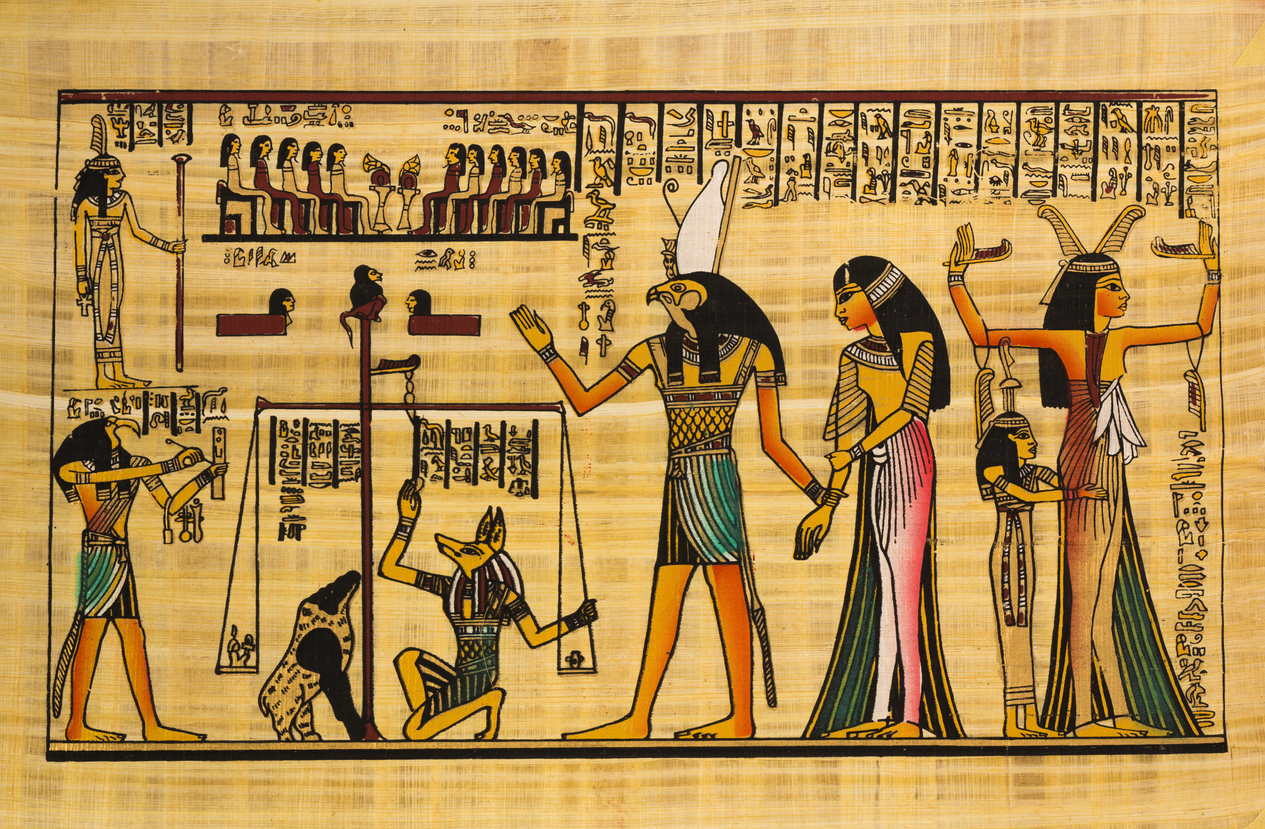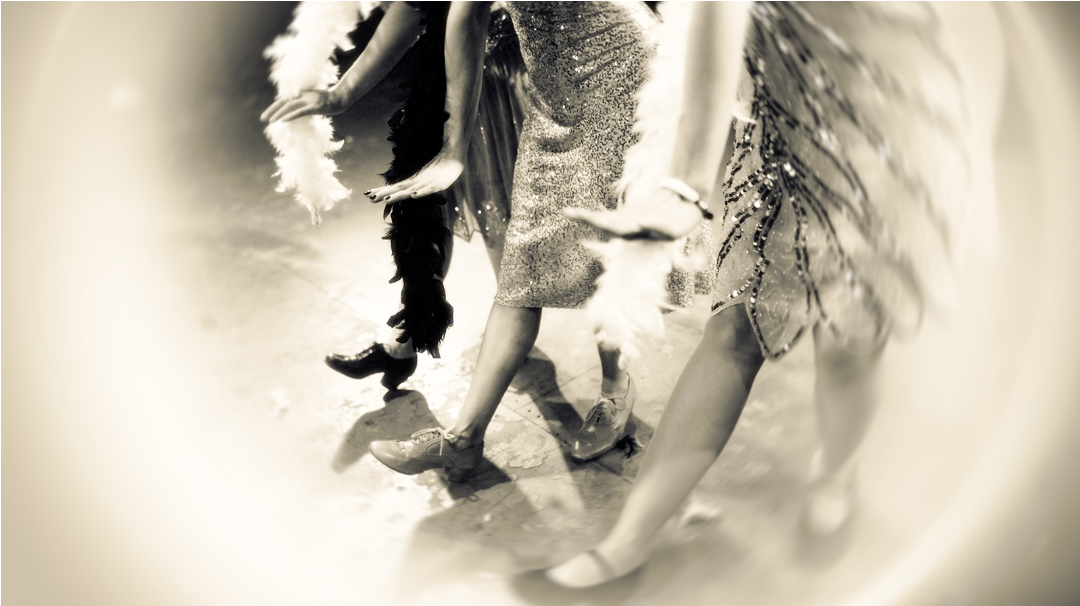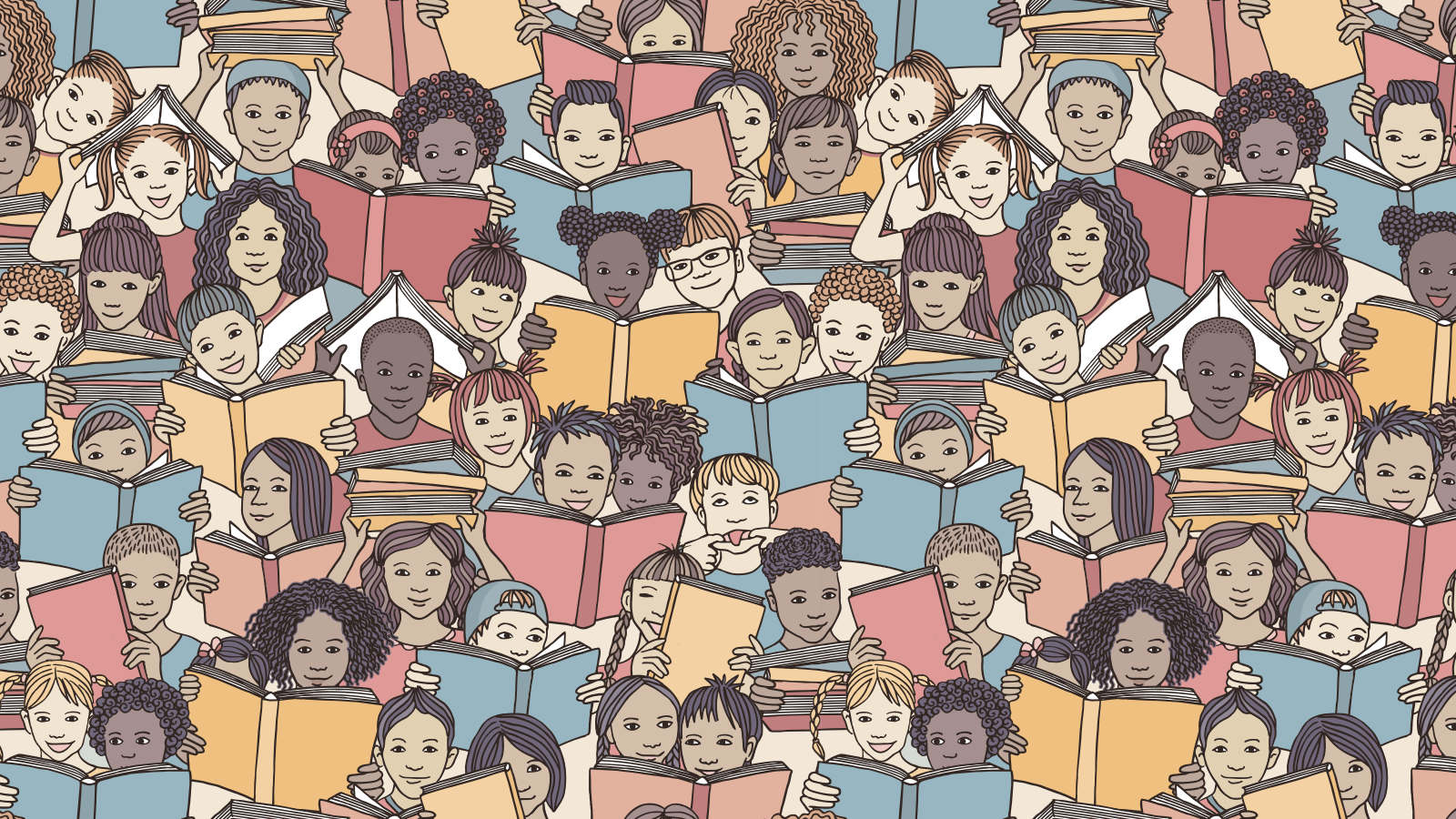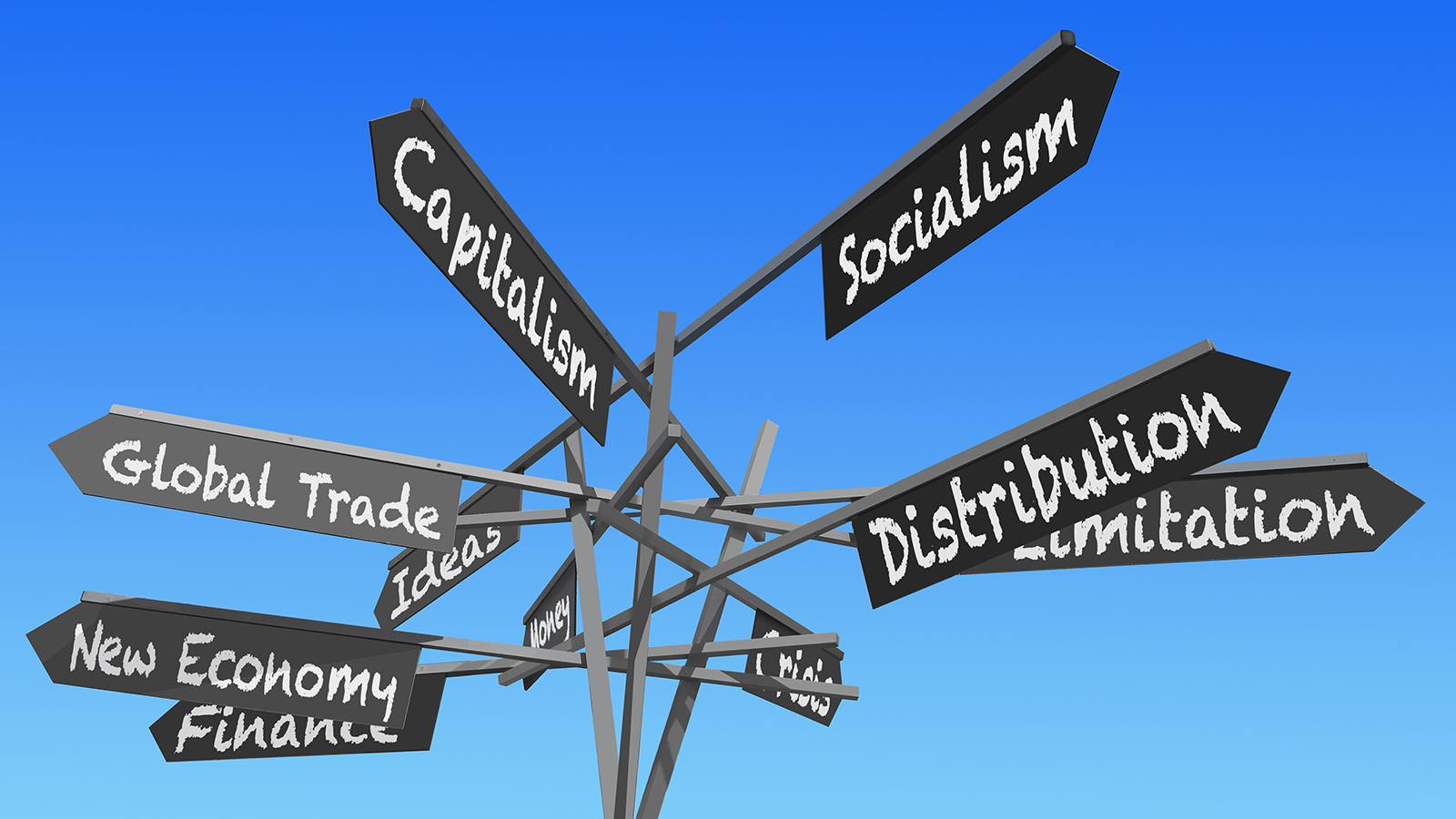Stay Up To Date

Weaving Women into Ancient Economic History
Women’s roles are often overlooked when teaching about the economy of the ancient world.

Highlight Monsters in your Social Studies Curriculum to Teach History and Culture
Students are drawn to monsters, so teachers use their interest in the weird and scary to their advantage and teach social studies themes through these figures.

Foster Student-Based Inquiry with a Primary Source Mystery
Inquiry-based activities: necessary for social studies standards, but also a teacher favorite! Try to challenge your students in the classroom with a primary source mystery.

The Roaring 1920s: Was Every Woman a Flapper?
Flappers from the 1920s are described as young women who wore short skirts, bobbed their hair, and danced, smoked, drank illegal alcohol, and partied throughout the Roaring Twenties.

Key Concept In Social Studies: Agency
Agency is a key concept in social studies, but students often misunderstand or struggle with the term.

How Customized Reading Guides Can Enhance Your Social Studies Classroom
When I ask students to read in my social studies classes, I always assign a customized reading guide created especially for the assigned text.

Three Concepts to Consider When Analyzing Primary Source Photographs
“The camera doesn’t lie” is often assumed to be true about historical photographs, even though we know that maxim is certainly not true in the twenty-first century.

Three Ways to Make the Father of Modern Economics Memorable
Adam Smith and his famous book The Wealth of Nations often make lists of things to know about the eighteenth century in economics and history classes.

Capitalism, Socialism, Communism: Distinguishing Important Economic Concepts
Capitalism, socialism, and communism are three key concepts in social studies, with complex definitions and complicated histories.